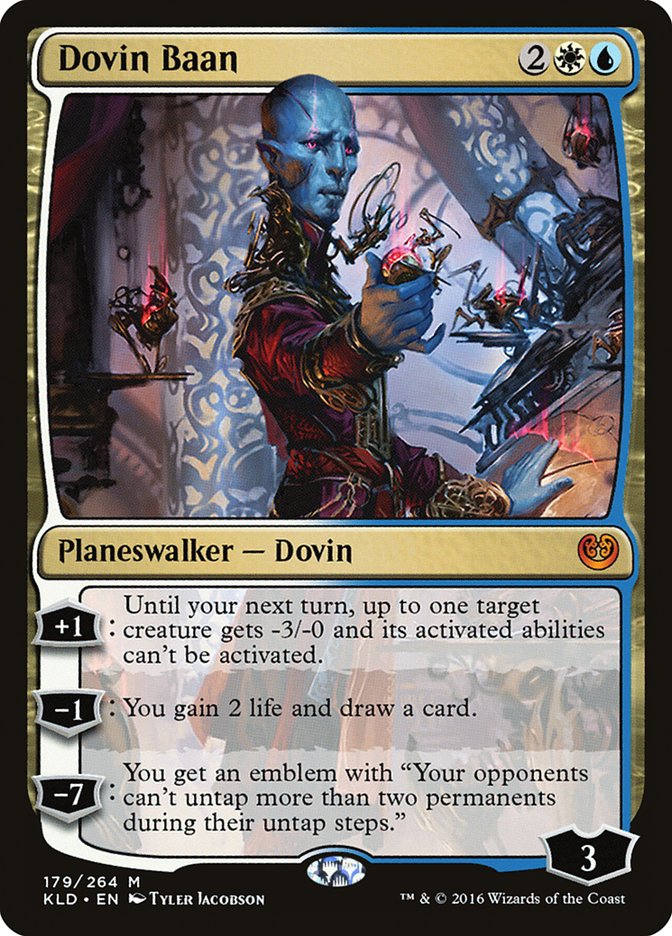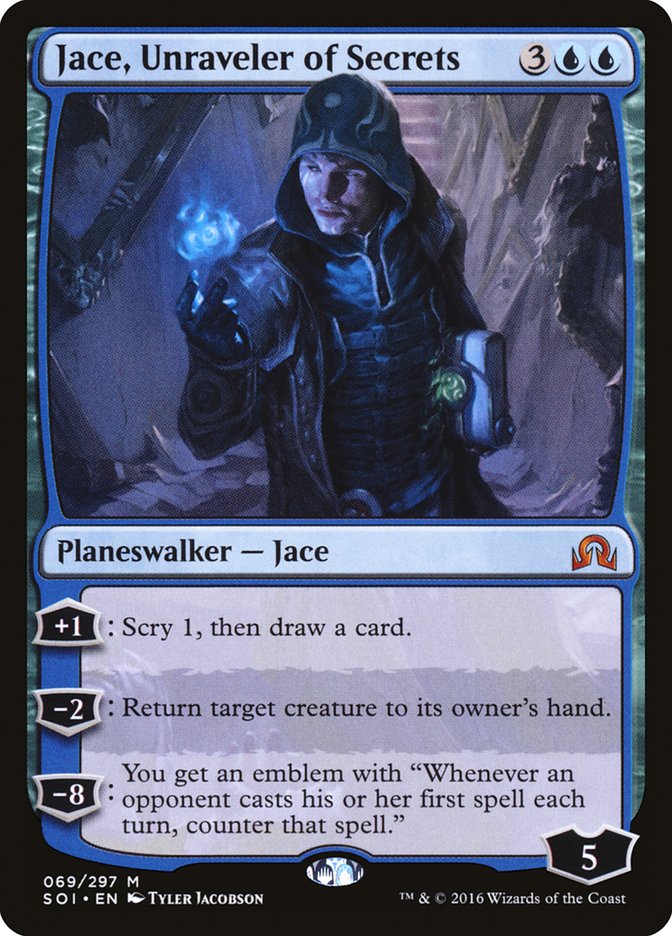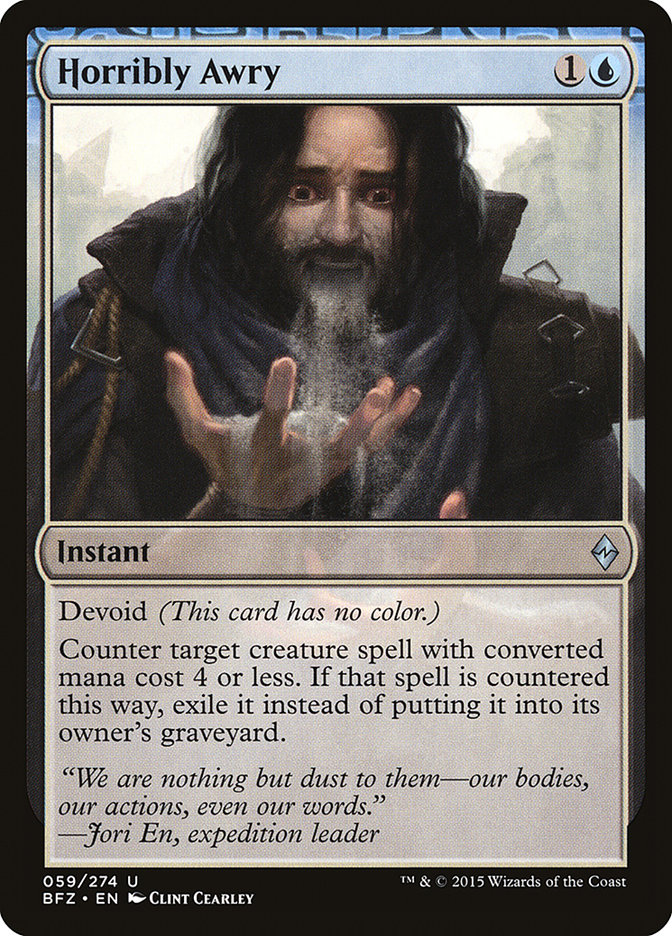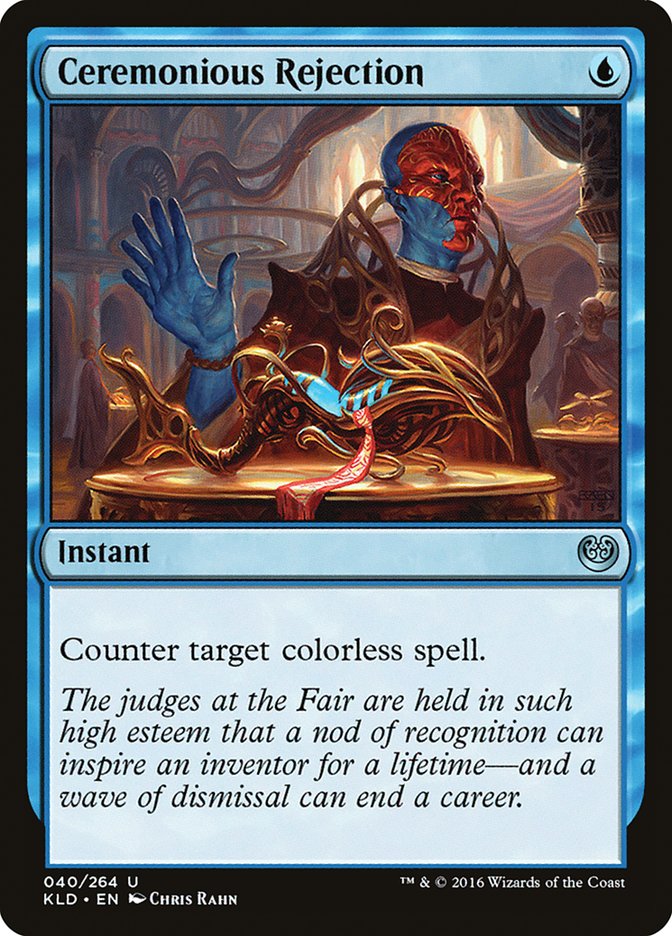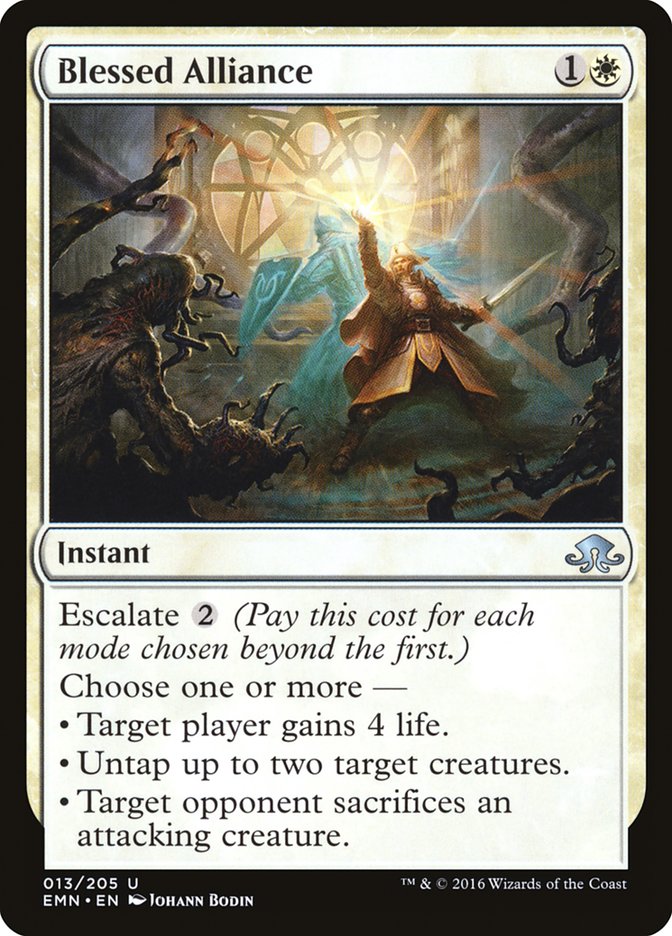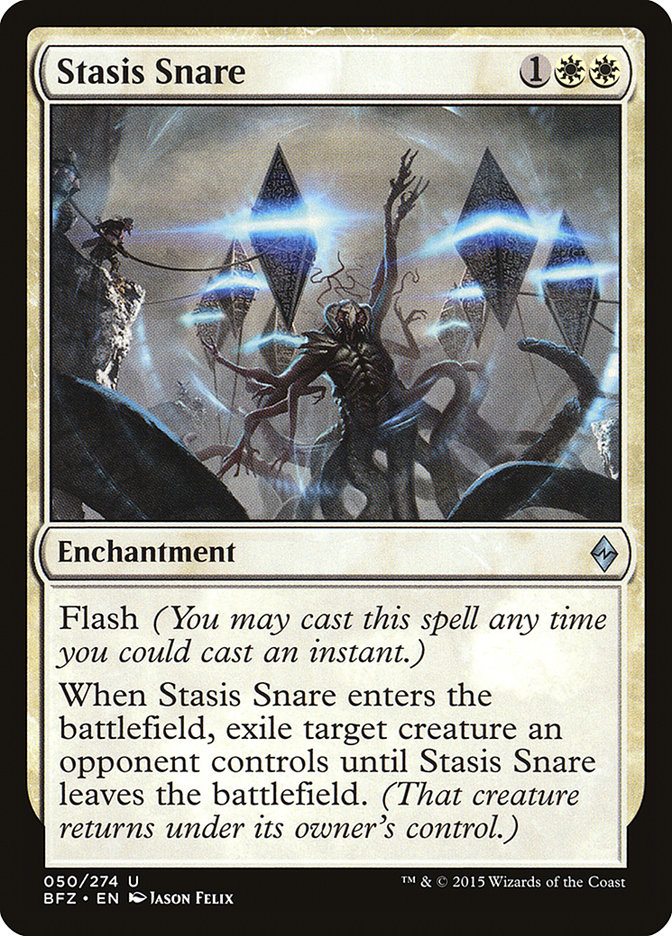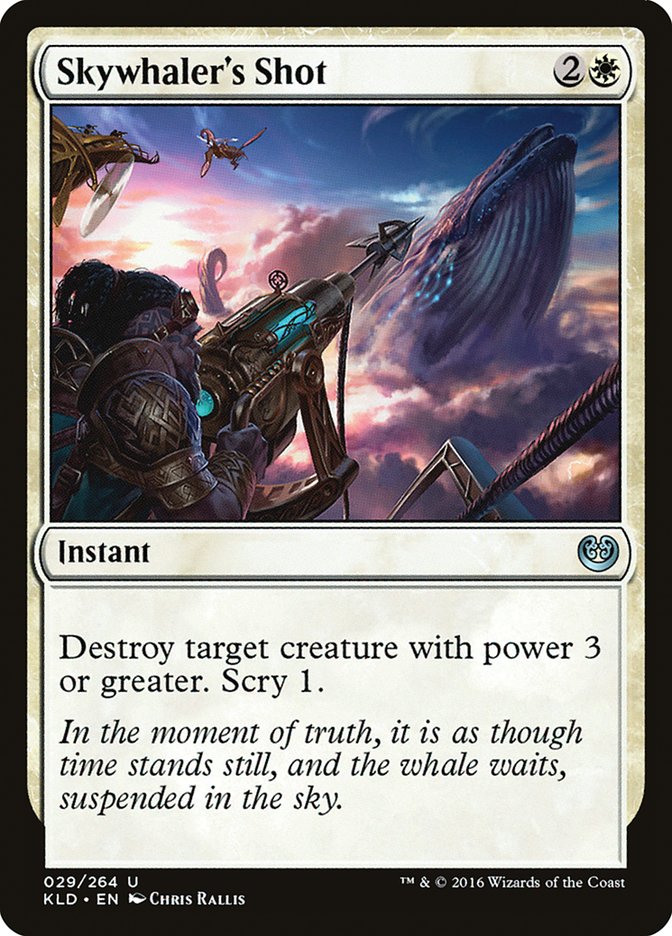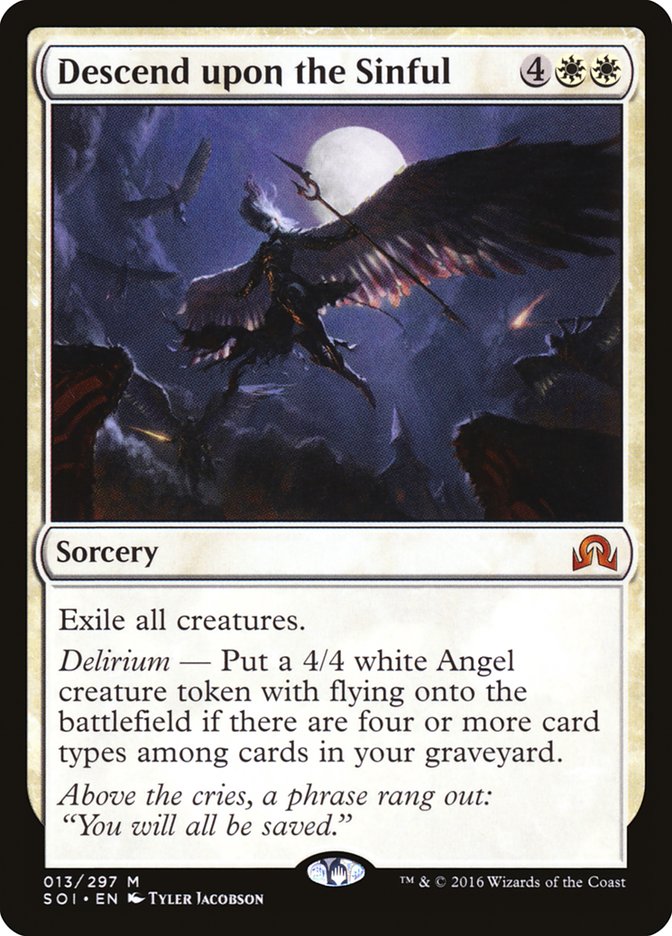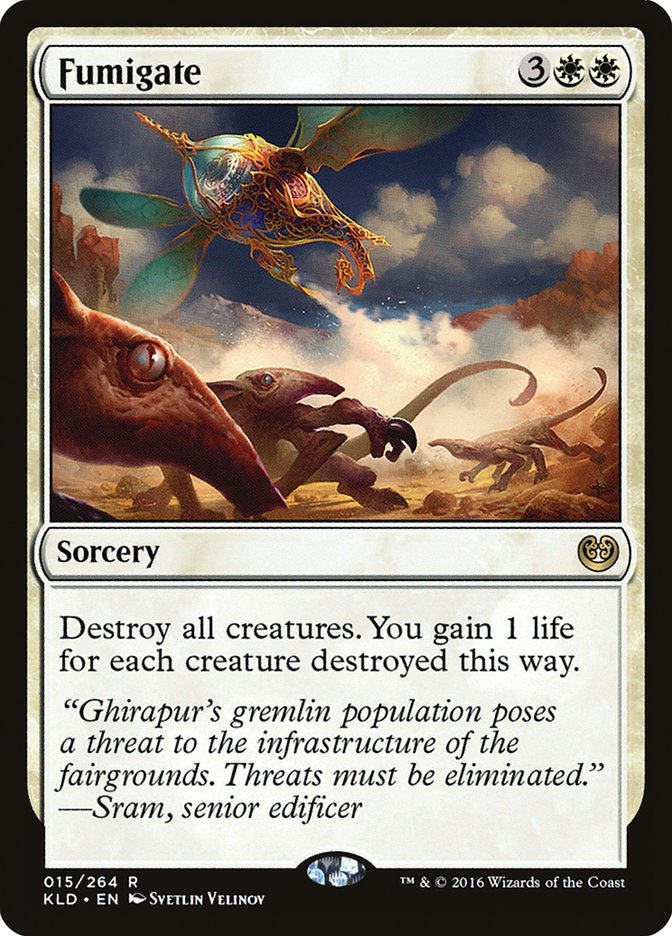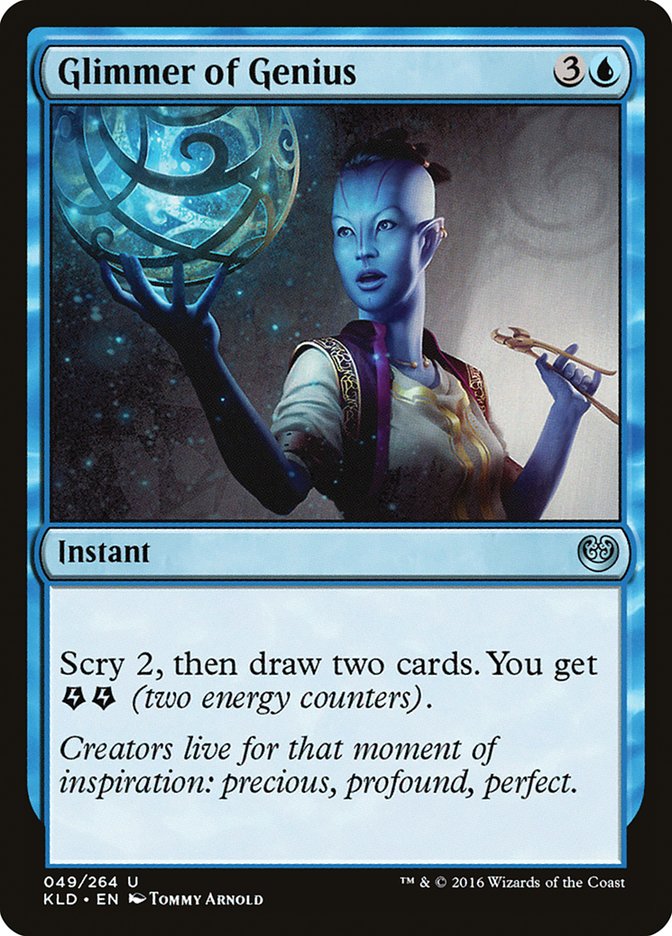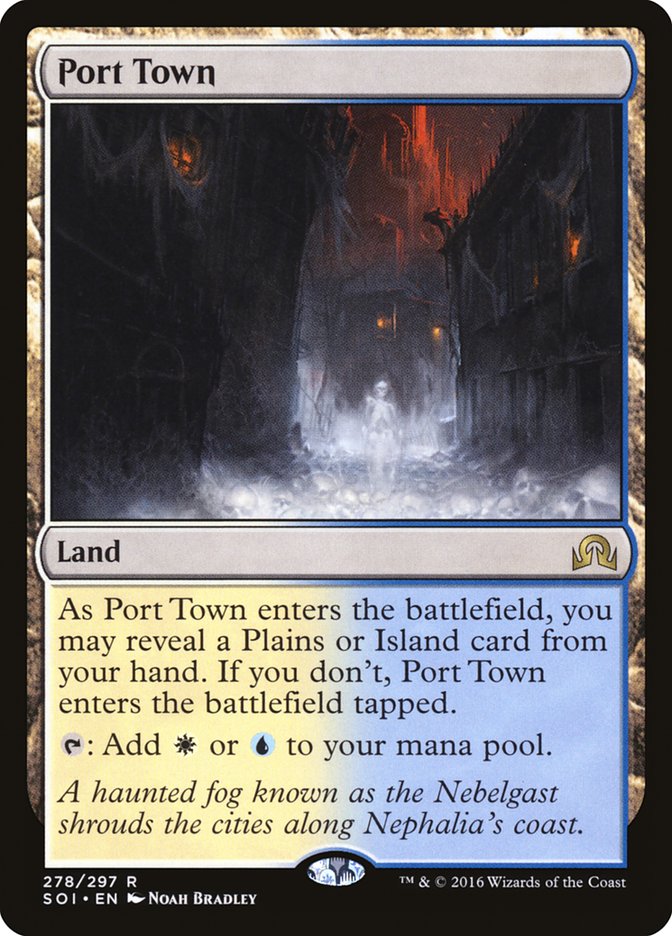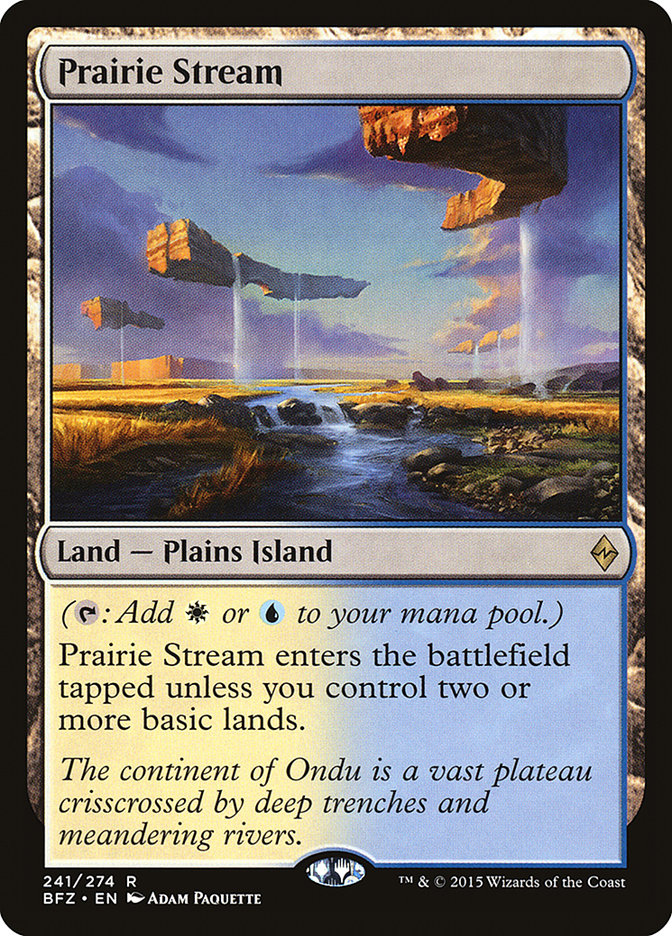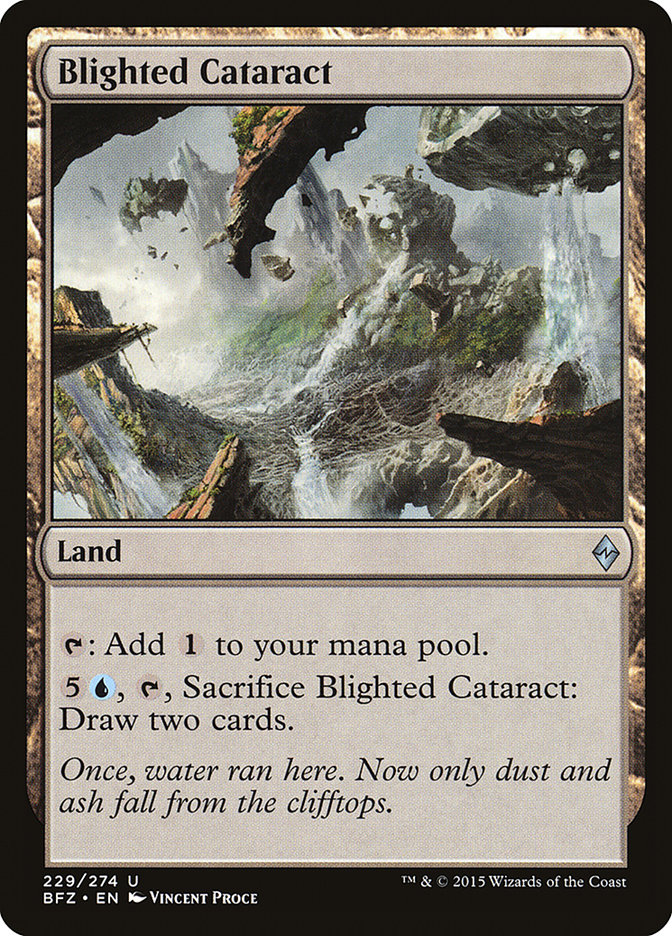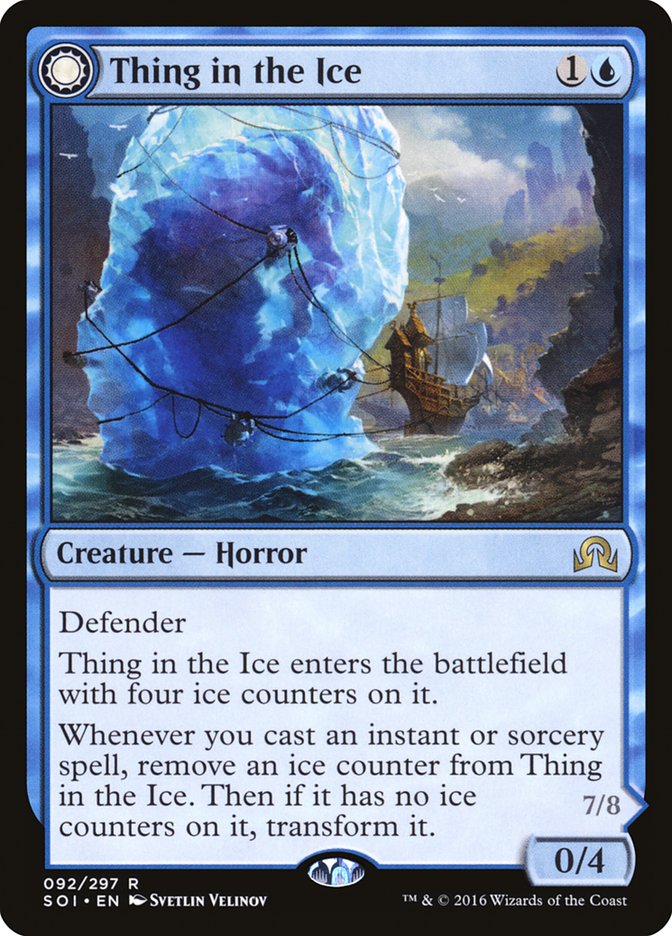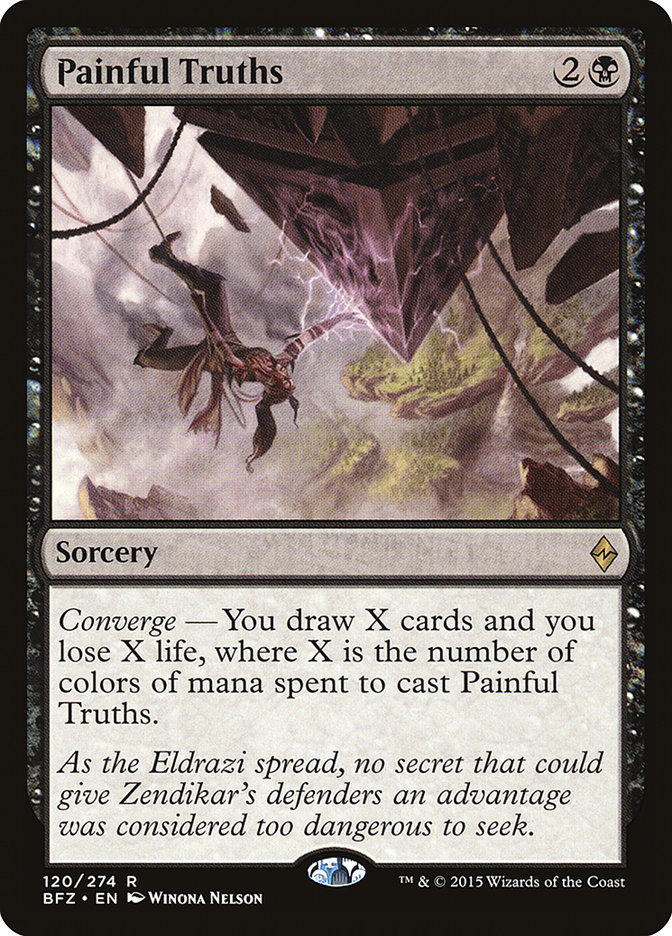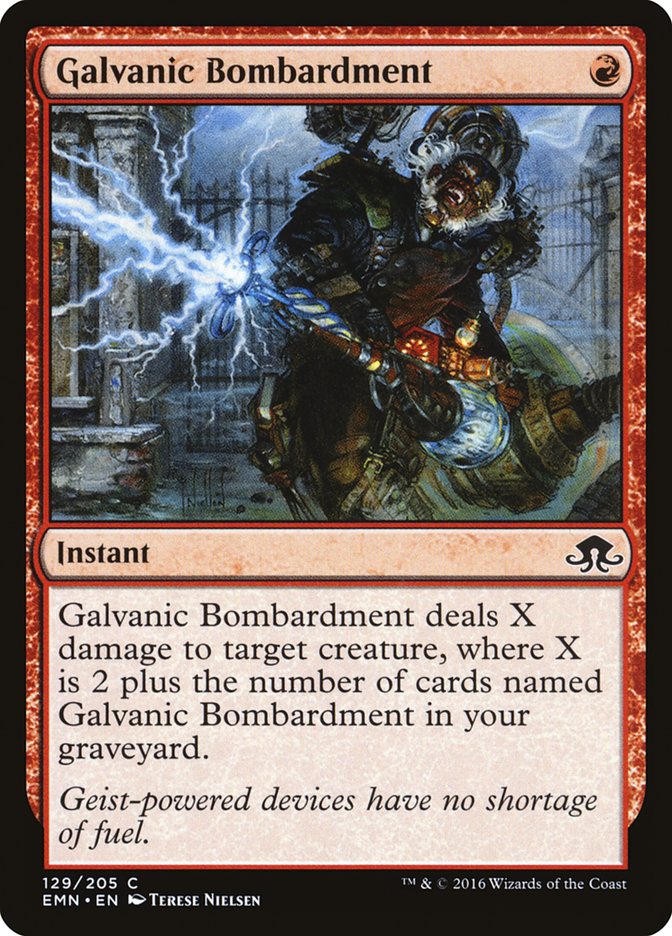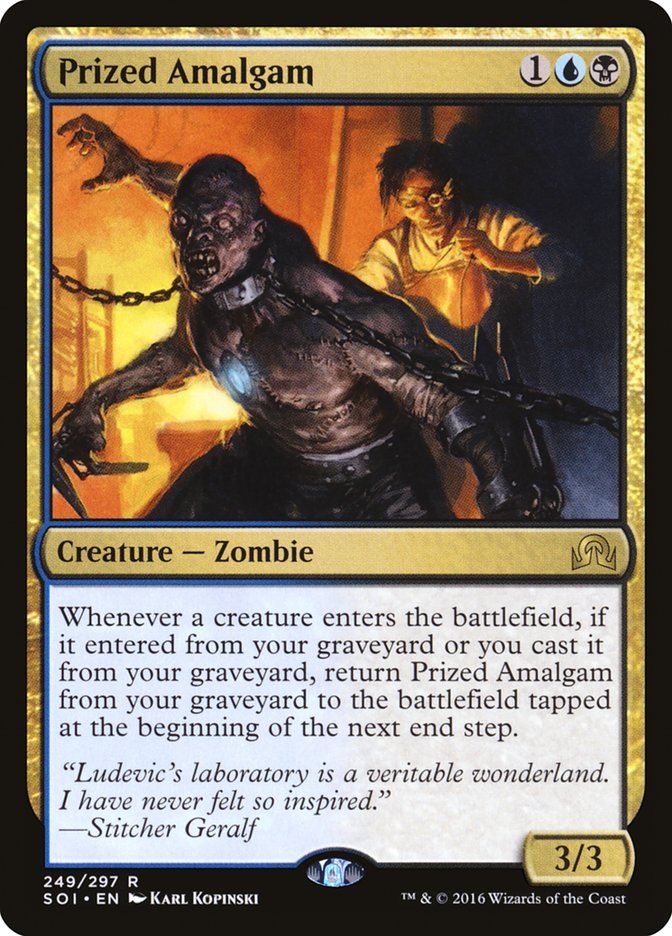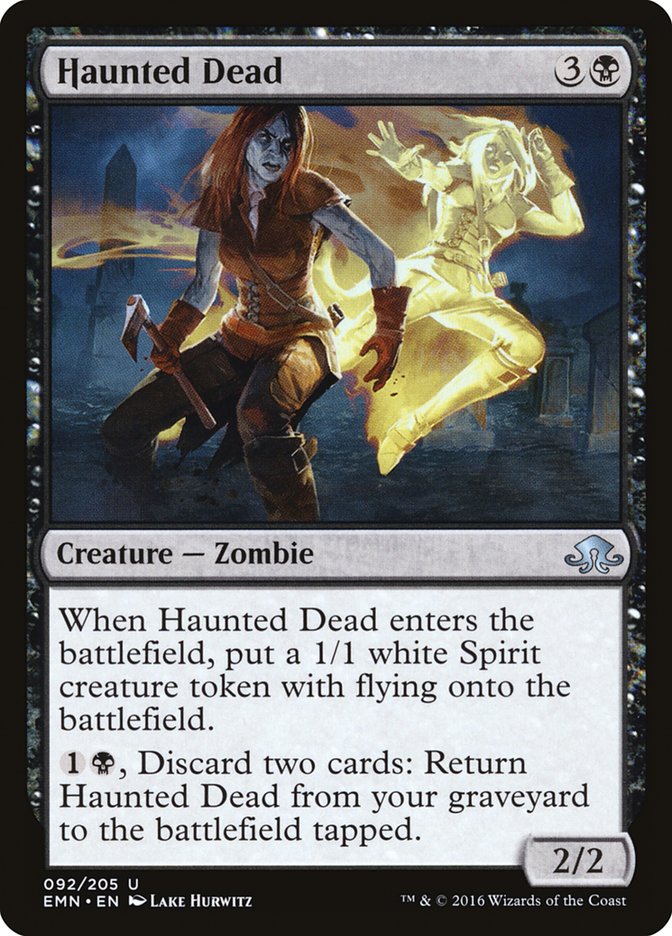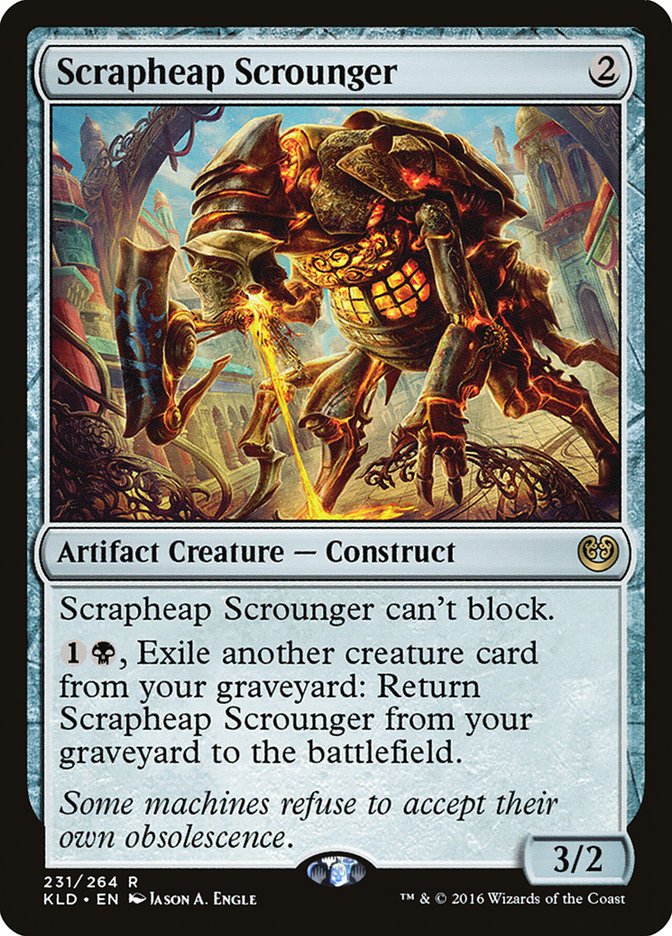Life is good.
This is some old-school, do-nothing, count-your-library style Magic going on right now. https://t.co/Jw1L56gA5e I love it! #PTKLD
— Brian David-Marshall (@Top8Games) October 17, 2016
The finals of #PTKLD was the first Pro Tour coverage match I’ve watched from start to finish in a long time.
Two different blue control decks piloted by two excellent players in a best-of-five match? Turn after turn of draw, discard, go? Library counting? A player literally running out of ways to win in their deck? Excellent tactical decision-making and role-understanding?
Consider me captivated.
But before it was time to watch the finals of the Pro Tour, I had my own Torrential Gearhulks to cast. Like every other writer on every other site ever, last week I made this claim:
“I expect Torrential Gearhulk to be the most popular gearhulk in the Top 8 of Pro Tour Kaladesh. Yes, even more popular than Verdurous Gearhulk.” – 5 Decks To Know For #SCGRegionals
Thankfully I was given the chance to prove myself before the Pro Tour results would come in.
I made the last-minute choice to join Dan Jessup at #SCGRegionals in Worcester, MA on Thursday, and it was time to brew up a deck. I knew I’d be playing a Torrential Gearhulk control deck immediately, as with the SCG Tour points not really being that important to me, I was very content to just play a deck that I would enjoy rather than something more established. I had seen a few U/W Control decks at #SCGIndy, and I got to brewing.
Creatures (4)
Planeswalkers (4)
Lands (27)
Spells (25)

I have not had the pleasure of playing a control deck in Standard in quite a while, and boy did it feel good to be home. Many of the tools are a little worse than what we are used to, but they come together to form a mostly cohesive deck capable of handling most things the format can throw at it.
I’ll try not to gush over Torrential Gearhulk too much, as after the Pro Tour it seems pretty clear the card is absurd, but it is essentially everything you could want from a control finisher. Like Elspeth, Sun’s Champion, it is a powerful card advantage tool that can easily stabilize the game while also providing a quick and efficient win condition. The flexibility that Torrential Gearhulk provides in both spell selection and timing is just phenomenal.
Dovin Baan and Jace, Unraveler of Secrets round out the “permanents” section of the decklist, and while neither can actually directly win the game, they are both great role-players in the mid-game.
Dovin Baan acts like an underpowered Jace, Architect of Thought; it can stymie your opponent’s aggression and also provide you a nice card and life buffer. Dovin is definitely not a card you want to draw more than one of, but it is a good bridge from the mid-game to the late-game.
Tip: Dovin’s first ability turning off activated abilities is very relevant against cards like Selfless Spirit and Servant of the Conduit.
Jace, Unraveler of Secrets is much more powerful than his leaner counterpart. Going up to six loyalty while providing excellent card draw is superb, and untapping with Jace, Unraveler of Secrets on the battlefield feels almost like untapping with Jace, the Mind Sculptor. You have a difficult-to-answer permanent providing you card advantage every turn, and bouncing creatures to control the battlefield is also very relevant. Jace allows you to shift gears once you’ve made a Torrential Gearhulk and mop up the battlefield while you get in for those last few points.
Tip: It won’t come up often, but you can always bounce your own Torrential Gearhulk or Spell Queller if think you’ll need a removal spell or counterspell on your opponent’s turn and don’t have one at the ready.
The only four-of counterspell in the deck, Void Shatter is your go to answer for any and all problems. Because you only have four unconditional counterspells in the deck, it is important to properly evaluate your opponent’s threats and only use Void Shatter on the best ones. The exile clause is occasionally relevant, but for the most part this is just a Cancel.
Without access to something more universal like Clash of Wills, we need to turn to a small suite of conditional counterspells to deal with threats before turn 3.
Negate is quite good right now, as it is not only an excellent answer to the various spells in the format but also Vehicles and planeswalkers, both of which can be annoying to deal with. Two easy-to-cast mana is a sweet spot, and it is very possible there could be a third Negate in the maindeck.
Horribly Awry and Ceremonious Rejection are much more conditional than Negate, but both do a phenomenal job at answering their respective targets. Horribly Awry can tag early creatures that are trying to get under you, while Ceremonious Rejection can answer Smuggler’s Copter on the draw, along with a whole host of artifacts and Eldrazi.
Tip: Don’t forget that Ceremonious Rejection can target more than just artifacts and Eldrazi; all spells with devoid are also colorless, despite their mana symbols. This is very relevant against cards like Transgress the Mind, as well as winning counter wars against Void Shatter.
While playing a 2-1-1 split of three different counterspells may seem odd, it’s important to be able to hedge these sorts of niche answers. Cards with targeting restrictions have serious diminishing returns, and you can’t afford to have dead cards in your hand. At least Game 1, you really never want to draw more than one Ceremonious Rejection or Horribly Awry, but the first one will usually be fairly good.
I never thought I’d miss Clash of Wills so much. And no, Revolutionary Rebuff is not the answer.
While white does give us excellent mana, a good planeswalker, good three mana removal, and Wrath of God effects, it does limp a little bit in the two-mana removal department. Both Blessed Alliance and Immolating Glare pale in comparison to something like Harnessed Lightning, but they do their job.
Immolating Glare is the better of the two, and if it wasn’t for my fear of Blossoming Defense and Bristling Hydra, I would have run the full playset over the third Blessed Alliance. Blessed Alliance is a somewhat high-variance card that is fantastic against decks playing all quality creatures and borderline unplayable against decks with Thraben Inspector or creature token effects.
Tip: Don’t forget the third mode on Blessed Alliance! Untapping your creatures can provide for a nice surprise block or even fizzle the -2 ability on Nahiri, the Harbinger.
With G/R Energy doing poorly at the Pro Tour and being fairly weak to control in general, it is probably safe to move to the full playset of Immolating Glare. Your opponent’s will know this is a card in your deck, and you can use it to your advantage if you can represent it well. Any turn your opponent doesn’t attack out of fear of getting hit with Immolating Glare is usually going to be a net positive for you.
Tip: There is a little-known step in Magic called the “end of combat” step, where damage has already been dealt but creatures are still considered to be attacking or blocking. This can be a very tricky time to use Blessed Alliance. Imagine your opponent attacks you with a 1/1 token and an 8/8 Verdurous Gearhulk. You can block the token with your Torrential Gearhulk, take the eight damage from Verdurous Gearhulk, and in the end of combat step (after the token has died and Verdurous Gearhulk has dealt damage) make your opponent sacrifice an attacking creature with Blessed Alliance. Because the Gearhulk is the only creature they have left that is attacking, they must sacrifice it.
White’s two-drop removal spells are a bit lacking, but the three-mana ones are great.
Stasis Snare is one of the best removal spells in the format, as not only is it a three-mana unconditional removal spell at instant speed but it also can exile problematic cards like Prized Amalgam and Scrapheap Scrounger. The only count against Stasis Snare is that it is not an instant proper, which means it can’t be flashed back with Torrential Gearhulk; otherwise it is fantastic.
Skywhaler’s Shot is a bit more restrictive, but being able to be cast by Torrential Gearhulk and providing some scry value is worth the downside. There are very few decks that won’t have a target for Skywhaler’s Shot, and when it is good, it is very good.
Typically, the big reason to play white in your control decks is to play cards like Wrath of God or Supreme Verdict. Mixing powerful mass removal spells with counterspells and card draw is a strategy as old as Magic itself, but yet we only have two sweepers in our deck, and a mixture to boot.
Frankly, sorcery-speed mass removal is pretty poor in this format.
Planeswalkers, Vehicles, flash creatures, and recursive elements like Haunted Dead all make trying to Wrath the battlefield and mop up afterwards a very dubious strategy. Fumigate is the best five-mana Wrath of God variant we’ve seen in a long time, but it is a victim of the format. Still, it’s a very nice effect to have access to, and it can be important against Verdurous Gearhulk decks.
Fumigate splits time with Descend upon the Sinful because of how important exiling can be in longer games against decks with Prized Amalgam and Scrapheap Scrounger. Decks like B/R Zombies and Grixis Emerge can be a nightmare for control decks with their ability to constantly recur threats, and having a hard reset answer like Descend upon the Sinful is vital. It’s very possible the maindeck Fumigate should just be a Descend upon the Sinful… it’s that important.
Tip: While definitely not the primary purpose of the card, getting delirium with U/W Control is not as difficult as it looks. One planeswalker, one Torrential Gearhulk, and one instant in the graveyard is delirium, which is excellent value on your Descend upon the Sinful.
It may not look like much, but Glimmer of Genius is the card that holds this deck together.
Having a good instant-speed card draw spell to work around your counterspells and instant-speed removal spells is what makes a control deck work, and “scry two, draw two” feels a lot like just drawing three cards. The combination of Glimmer of Genius and Torrential Gearhulk is also phenomenal. Being able to play proactive Gearhulks at the end of your opponent’s turn for huge value is a large part of what makes this deck playable.
It’s unfortunate that we don’t have any way to make use of the Energy, but it’s an aspect of the card that is not needed.
The deck’s manabase is quite smooth, with a large amount of basics and full sets of Prairie Stream and Port Town. For the most part your lands enter the battlefield untapped and you’ve got your colors. While 27 land may seem like a lot, it is imperative that you make all of your early land drops. Counterspells get very bad when you are constrained on mana.
To further make sure you have the colors you need and because the deck has almost no taplands and no turn 1 plays, three Meandering River make the cut as well. It could easily be four, as being able to cast both Void Shatter and Stasis Snare on turn 3 is important.
Blighted Cataract is a card that I always thought was pretty bad, but I had seen it in a few lists and decided to try it out. Value lands are a great thing to have access to in a deck with so many lands, and all throughout #SCGRegionals Blighted Cataract overperformed in slower matchups. The deck doesn’t have any one huge card draw spell like Sphinx’s Revelation or Dig Through Time, so getting some extra nickel-and-dime card draw for almost free is great.
Tip: Be careful with using Blighted Cataract in control mirrors. Very often having more mana on the battlefield will be more important than cards in hand, and if you tap yourself completely out to sacrifice it, your opponent will have a window to resolve something like Torrential Gearhulk.
The Sideboard
The best-performing card in the sideboard was by far Spell Queller, which was sideboarded in for all kinds of matchups. Obviously a fantastic card in control mirrors and against combo decks like Aetherworks Marvel, it was also great against G/R Energy decks and very serviceable against B/R Zombies.
Your opponents will rarely have removal to stop Spell Queller, and it allows you to put on a clock at instant speed while also dealing with your opponent’s early-game plays. It’s also hard to hit Spell Queller with many counterspells that one would usually use to defend their spell— Negate, Ceremonious Rejection, and Dispel all do nothing. Spell Queller’s body also blocks reasonably well, and when it’s brought in alongside Archangel Avacyn, you are able to tailor your gameplan to be more proactive when necessary.
Archangel Avacyn is great for many of the same reasons that Spell Queller is great, but perhaps her most important purpose is pressuring the various planeswalkers opponents will have. Avacyn also gives you higher threat density against control opponent’s while maintaining the flash aspect of the deck.
Both Spell Queller and Archangel Avacyn were so good out of the sideboard it is possible that they could work their way into the maindeck if the format shifted.
Most of the other cards in the sideboard are fairly self-explanatory. Summary Dismissal against Emrakul, the Promised End and Elder-Deep Fiend decks; more conditional counterspells for the matchups they excel in; Fragmentize for Vehicle and artifact decks, and extra exile effects for graveyard decks.
#SCGRegionals
After losing Round 1 of #SCGRegionals to B/R Aggro, I was a bit worried that my brew didn’t have what it takes, but after rattling off seven wins in a row, I found myself in Top 8. Unfortunately I was quickly dispatched by the B/R Zombies deck, which felt like a nightmare of a matchup. My opponent’s recursive threats and Haunted Dead engine would overwhelm me, with Voldaren Pariah playing a pivotal role in making sure my opponent’s creatures wouldn’t get exiled to Descend upon the Sinful.
Still, this was the #SCGRegionals metagame, which had been mostly untouched by the results of the Pro Tour… and what results they were.
With two control decks meeting in the finals, the big question becomes, “Is U/W Control better than Grixis or Jeskai Control?” The early answer is I’m not really sure.
Creatures (5)
Planeswalkers (2)
Lands (16)
Spells (37)

Carlos Romao’s Jeskai Control deck is fairly similar to ours, but with worse mana and better removal. I’m not a fan of Radiant Flames, which means for the most part the red is just a splash for Harnessed Lightning and Wandering Fumarole. They’re both excellent cards; the question is if the trouble is worth it.
A part of me feels vindicated by Carlos’s success, as both our decks have similar cores. I’m excited to try it out and see how it compares.
Creatures (6)
Planeswalkers (1)
Lands (19)
Spells (34)

Shota Yasooka’s deck, however, is completely brilliant.
The fact that he’s a stone cold master helps, but his deck is a thing of beauty.
Thing in the Ice!? Painful Truths!? The innovation just keeps on rolling, and I’m astoundingly curious if this deck is just a flash in the pan or has true staying power. Shota is known for bringing bizarre decks to the table that nobody can really win with but him, but this deck just looks so sleek.
While the deck has more raw card draw and better removal than U/W Control, it does have one very glaring weakness.
Without white cards like Stasis Snare and Descend upon the Sinful to exile troublesome creatures, I worry that any deck with the Prized Amalgam / Haunted Dead engine will give this deck fits. Graveyard hate in Standard right now is almost nonexistent, and while Thing in the Ice is an interesting answer it doesn’t seem like enough.
#GPPVD
So if you’re going to Grand Prix Providence this weekend or playing in the Standard Classic at #SCGMKE, which control deck do you choose?
U/W?
Jeskai?
Interestingly enough, you probably shouldn’t choose any of them.
Creatures (22)
- 4 Prized Amalgam
- 2 Insolent Neonate
- 4 Voldaren Pariah
- 4 Haunted Dead
- 4 Cryptbreaker
- 4 Scrapheap Scrounger
Lands (23)
Spells (15)

With everyone so fixated on what control deck will be the best and how to use Torrential Gearhulk to its full potential, it’s likely better to be in the “beat them” than “join them” camp. I got destroyed by this deck in the Top 8 of #SCGRegionals, and I find it hard to believe that any control deck will handle it well. Furthermore, I think the deck is just great, and a great sleeper pick out of the crop of Pro Tour decklists.
This deck doesn’t have a great Aetherworks Marvel matchup, and with that deck being so prevalent at the Pro Tour, it’s understandable that B/R Zombies didn’t crack the Top 8. However, now that Aetherworks Marvel is both out of the bag and poor against control strategies, it shouldn’t be well-represented.
I have Modern to think about for #SCGMKE, but if I fail to make Day 2 at the Open and find myself in the Sunday Classic, this is likely where I’ll be at. Besides, you really haven’t lived until you’ve returned nine power worth of Prized Amalgams and Haunted Dead to the battlefield on your opponent’s turn 2.
Challenge Thursday
Our last Challenge Thursday was rather dubious. The challenge was: “(Modern) A New Challenger Has Arrived! Build around Dubious Challenge” from @MTGCritic.
We were up to the challenge, going 3-2 with this interesting pile of cards:
Creatures (23)
- 4 Wall of Roots
- 2 Kitchen Finks
- 4 Flickerwisp
- 4 Emrakul, the Aeons Torn
- 2 Ulamog, the Infinite Gyre
- 4 Wall of Omens
- 3 Glimmerpoint Stag
Planeswalkers (3)
Lands (22)
Spells (12)

How does this deck work? Your goal is to hit an Eldrazi and Flickerwisp or Glimmerpoint Stag with your Dubious Challenge. If your opponent takes the Eldrazi, you can just flicker it and it will return under its owner’s control (this is you because you “own” the card). Otherwise, they have to just give you the Eldrazi… it’s a win/win!
We ended up resolving four successful Dubious Challenges and had a winning record.
This week we once again have a new vote:
As always, the poll will end at 7:00pm Eastern time, which will give me one hour to construct my deck. Then you can tune in at 8:00pm for the start of the stream. I will be playing an entire League with the challenge deck, tweaking it a bit, and then playing another League right after.
How many wins can I get? Cast your vote and tune in to my stream at 8:00pm Eastern tonight to see how it goes!



